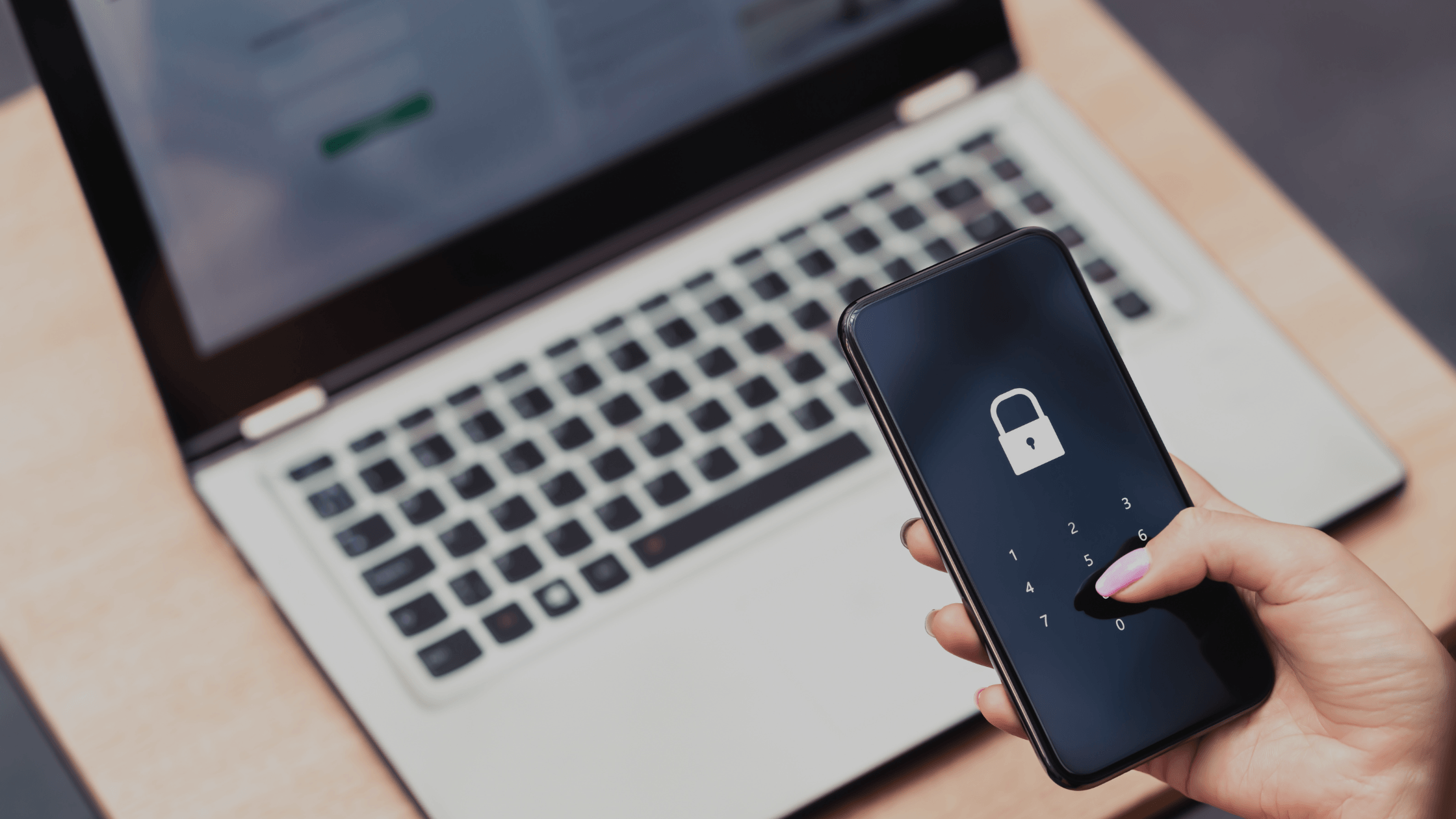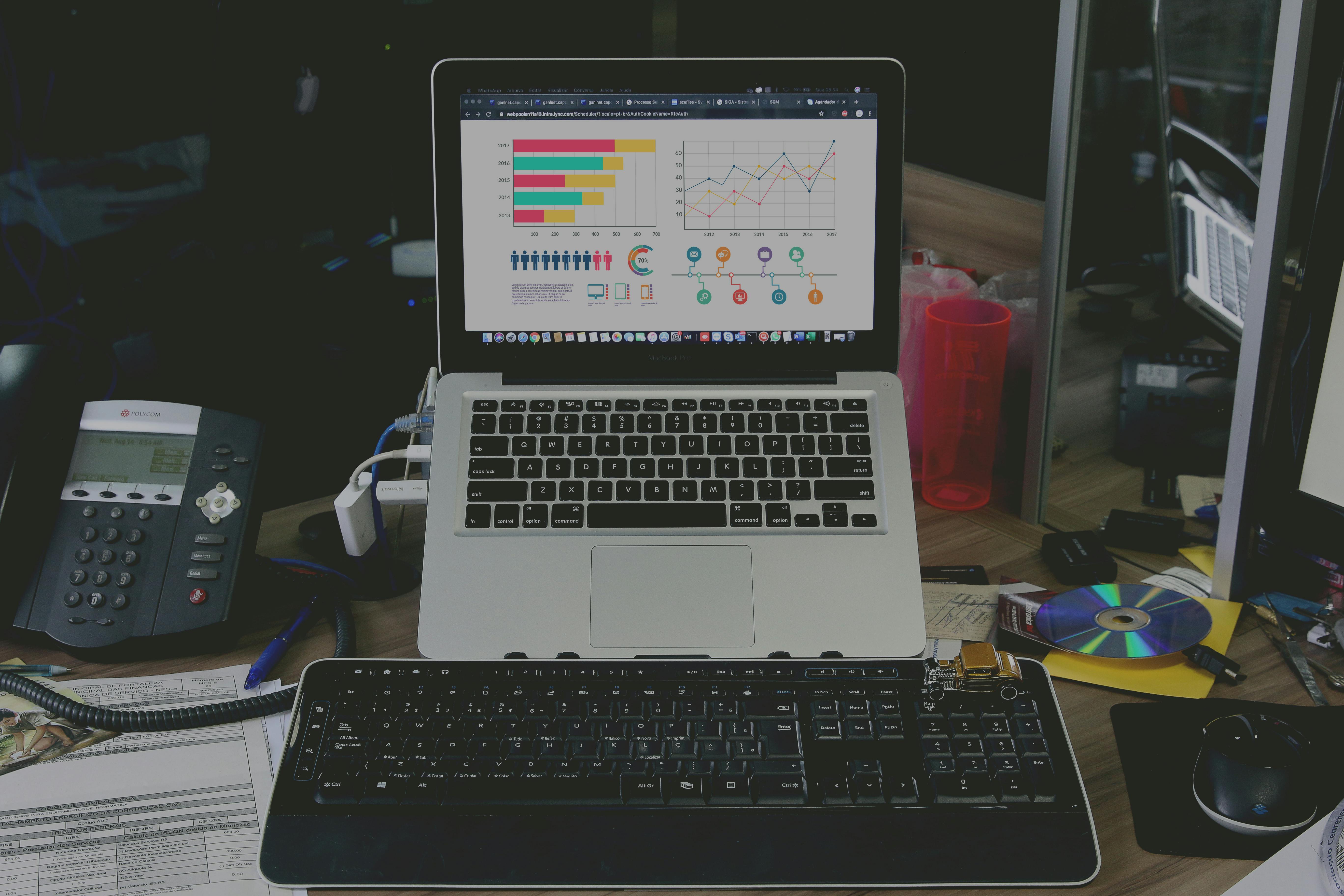Social media verification is seemingly one of the hottest marketing topics of 2023. With Elon Musk’s new verification policies on Twitter (more on that later), brands, people, and bots all over the internet are looking to get their accounts verified on social media.
The verification badge – sometimes known as the “blue tick” – is seen as a sign of authority and authenticity on social media. Those looking at an account with the blue tick will be much more likely to recognise it as the official account of the brand and/or person it represents.
But on Twitter, with Elon’s recent change, the importance of account verification has been called into question. Now that anyone can pay for a blue tick via Twitter Blue, does having a verified account hold the same weight as it once did?
In this article, we’ll be looking at social media verification, the nuances of the process on each major platform, and whether or not being verified is important for brands in 2023.
Is Social Media Verification Important?
Being verified on social media brings with it quite a few benefits, which if you’re a brand or business owner looking to increase your social presence, can be helpful. The main benefits of verification on social media are:
- Social media users tend to trust verified accounts more than non-verified ones.
- The blue tick can protect your account from impersonation.
- Verified accounts are seen as being more authentic.
Those three are the main, all-purpose benefits of verification on social media, however for each platform, there are some nuances that should be considered.
Ultimately, yes, for brands, and those looking to build an audience, social media verification is important, but keep reading to learn more about verification on each platform.
Verification on Facebook and Instagram (Meta Verified)
As you likely already know, both Facebook and Instagram are owned by Meta, which means that verification on both platforms has practically the same nuances.
Much like Elon’s Twitter, Meta is following the same path, instituting a paid social media verification option for both Facebook and Instagram. It was announced in a Meta Newsroom article that the platform is trialling a paid verification system for creators.
Much like Twitter, Meta Verified will offer more than just account verification. Taken directly from the announcement, those who subscribe to this paid verification platform will get access to:
- A verified badge, confirming you’re the real you and that your account has been authenticated with a government ID and a selfie video.
- More protection from impersonation with proactive account monitoring for impersonators who might target people with growing online audiences.
- Help when you need it with access to a real person for common account issues.
- Increased visibility and reach with prominence in some areas of the platform– like search, comments and recommendations.
- Exclusive features to express yourself in unique ways.
It should be noted that the point about extra reach was readdressed on March 17th in the same article. The added update confirms that, for the time being, extra reach for Meta Verified users is being removed. This, however, isn’t the case for Twitter…
Verification on Twitter (Twitter Blue)
Twitter is currently the leader in terms of benefits offered through its paid verification system, Twitter Blue. Also, there’s more than one type of verification on Twitter, which can make things slightly confusing if you’re new to the platform.
Taken directly from Twitter’s About Profile Labels page, a breakdown of the different forms of verification can be seen below:
- Blue Checkmark: Indicates the account is a subscriber of Twitter Blue.
- Gold Checkmark and Square Profile Picture: Indicates that the account represents an official business, verified through Twitter Verified Organizations.
- Grey Checkmark: This indicates that the account represents a governmental/multilateral organisation or official.
There are also account Affiliation Badges, which indicate which business/country/government the account is linked to. These labels are automatically added, which caused a bit of debate when Twitter labelled the official BBC account as “government-funded media.” The label, at the time of writing this article, has since been removed.
We mentioned that Twitter leads the pack in terms of benefits users get access to when subscribing to Twitter Blue. And that’s not hyperbole. Below isn’t anywhere close to a full list of the benefits offered by Twitter Blue, but it is the highlights:
- Edit Tweets: The ability to edit tweets up to 30 minutes after publication.
- Half of Ads: Twitter Blue users see half the number of ads of regular users – more on this later.
- Longer Tweets: The default is 280 characters per tweet. Blue subscribers get a whopping 10,000 characters to play with.
- Text Formatting: You can now write in bold and italic on Twitter with Blue.
- Top Articles: A dedicated section for browsing the top articles (via external links) from your network.
- Increased Engagement: Simply put, tweets from Twitter Blue are prioritised over standard accounts – also more on this later.
Those are a selection of the most interesting benefits you can receive by subscribing to Twitter Blue. For a complete list, you can check that out here.
Something that should be considered for anyone looking to advertise on Twitter is that a subscription to Twitter Blue is required. There’s no way around it, if you want to run any form of advertising on Twitter, be it ads or promoted tweets, you need to have Blue.
For anyone looking to grow an audience on Twitter, it looks like having a subscription to Twitter Blue is going to be essential. We mentioned that Blue subscribers receive increased engagement than their non-verified counterparts.
This is true, verified accounts will be favoured by the Twitter algorithm, which means they’ll get priority placement in feeds when content is being shown to other users. You don’t need us to tell you how important increased exposure will be if you’re looking to grow your account…
Verification on LinkedIn (CLEAR)
Unlike other social networks, where the goal is to prove that you are who you say you are, things work a little differently on LinkedIn. Instead of verifying your identity, you instead verify who you work for.
By integrating with the US-centric CLEAR, individual users are able to confirm their identity via businesses registered with the platform. The issue here is that for anyone outside of the US, LinkedIn profile verification isn’t currently an option.
Additionally, there’s no process for verifying pages and/or creator accounts on LinkedIn. For the time being, in terms of verification, there’s only one type of account for individuals, and one type of account for businesses – neither of which have the option to be verified outside of the US.
The good news, however, is this means there are no features locked behind paywalls or that require verification to access. On LinkedIn, everyone has the same tools as everyone else, so there’s no pay-to-win aspect of the platform. Besides ads, of course.
Social Media Verification: The Conclusion
Well, there you have it! The reality is that social media verification will make your accounts more trustworthy, and protect you from potential fraud through false impersonation. However, each major social media platform handles account verification differently.
For Twitter, there’s Twitter Blue which gives you a nifty blue badge and a whole tonne of other features. There’s Meta, where paid verification is being trialled, but things may still change. And then there’s LinkedIn, where there really isn’t any account verification, at least not outside of the United States.
The bottom line is that if you’re looking to grow a brand or reach a new audience on social media, getting your accounts verified is still something that should be considered.
But, before deciding to jump into any form of social media verification, your accounts must be optimised. In our complete guide to social media optimisation, you can ensure your accounts are fully optimised and ready to go!






